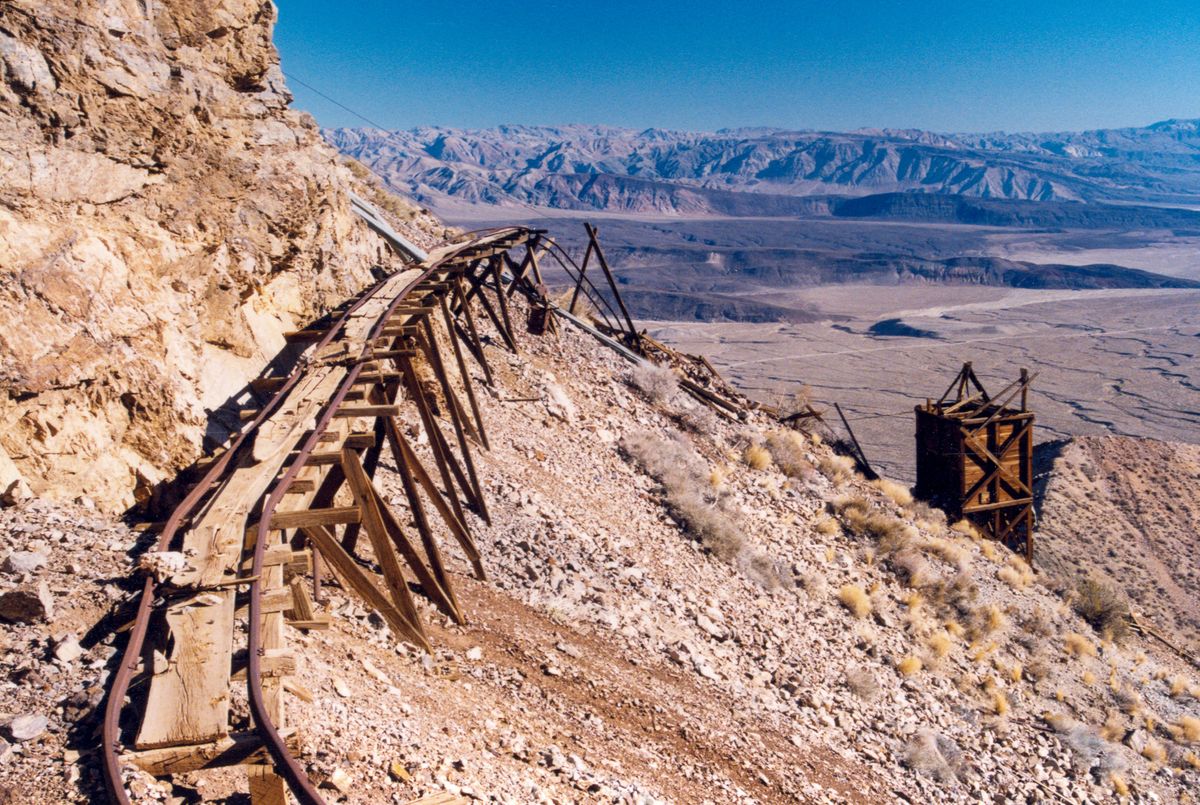The Bunker Hill Mine (also known as the Inyo Bunker Hill) was worked for lead, silver, and zinc in the early 20th century. The ore mined during the 1920s and '30s was particularly rich, containing 30% to 60% lead, 33 ounces of silver per ton, and 0.1 ounces of gold per ton. Production ceased in 1937, but it is evident that the camp underwent renovations in the 1950s.
The mining operations at Bunker Hill were divided into two parts: a 600-foot shaft (that is now dangerously hidden underneath the main cabin), and the Redcliff workings high up on the cliffs overlooking the camp. These upper workings consist of a series of tunnels and chambers that were mined using the room-and-pillar method. These workings were smaller than I expected, and I didn't come across anything particularly intriguing within. The only reason to climb up there is to see the trestle and its breathtaking view of Saline Valley.
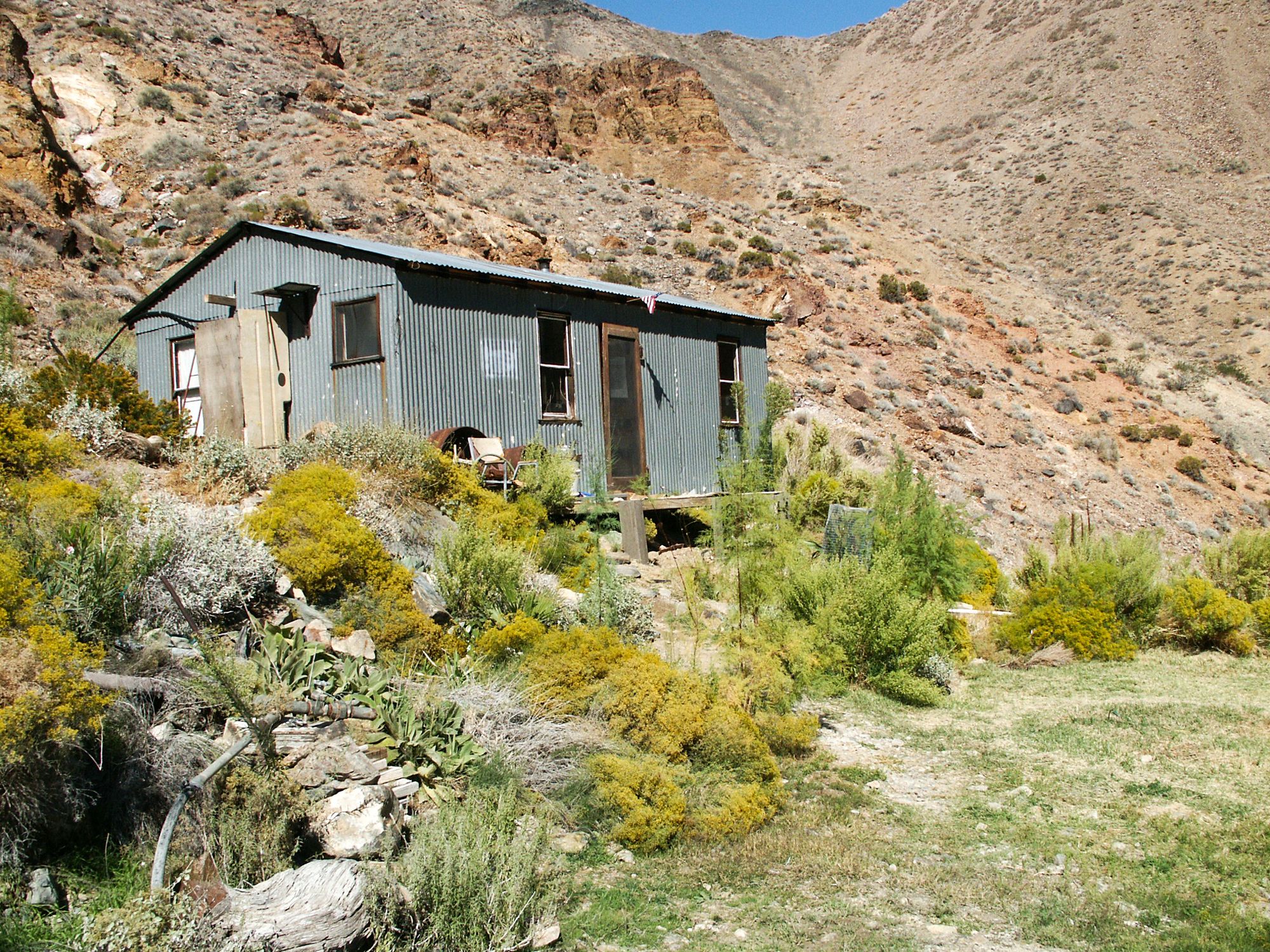
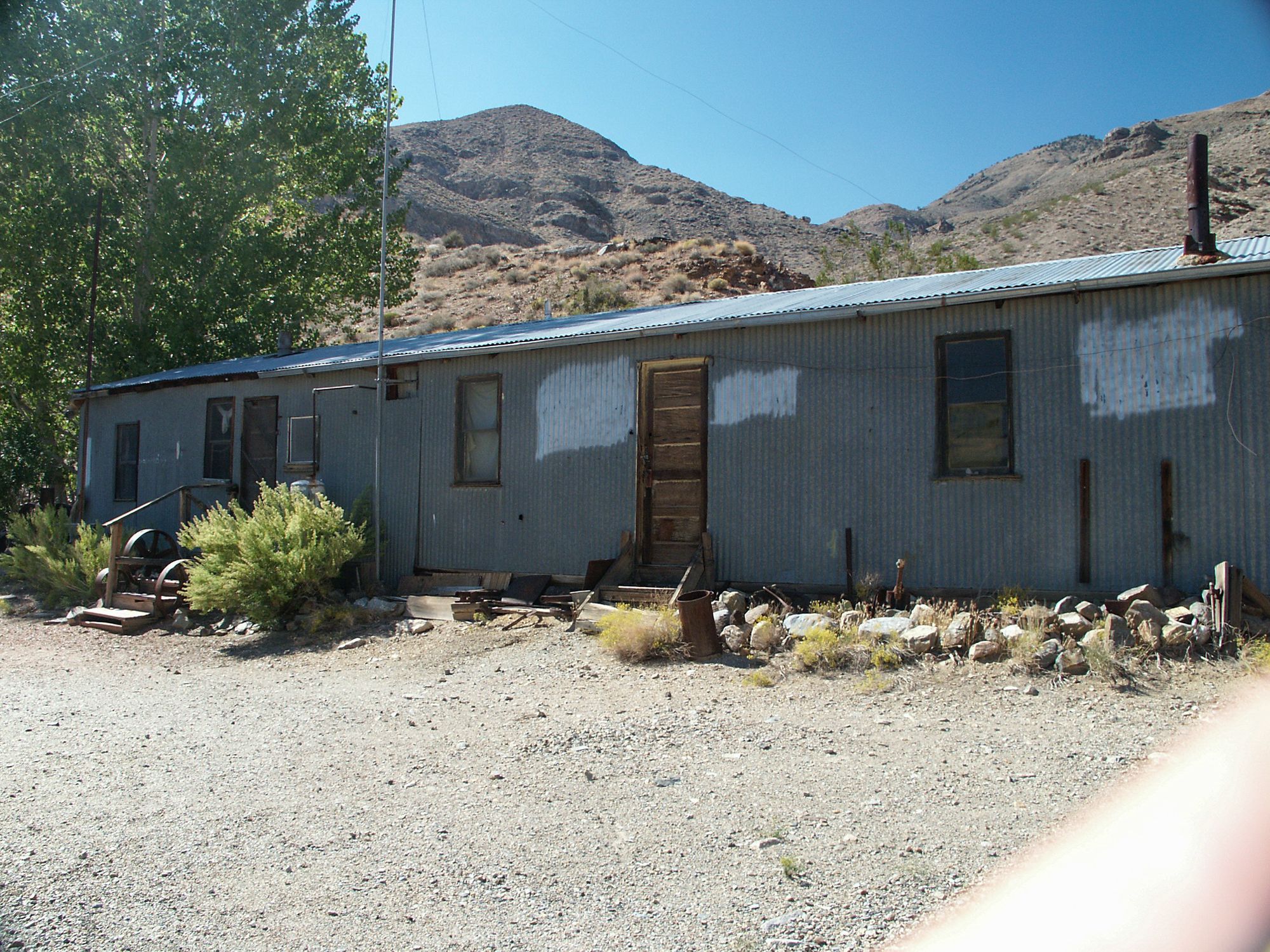
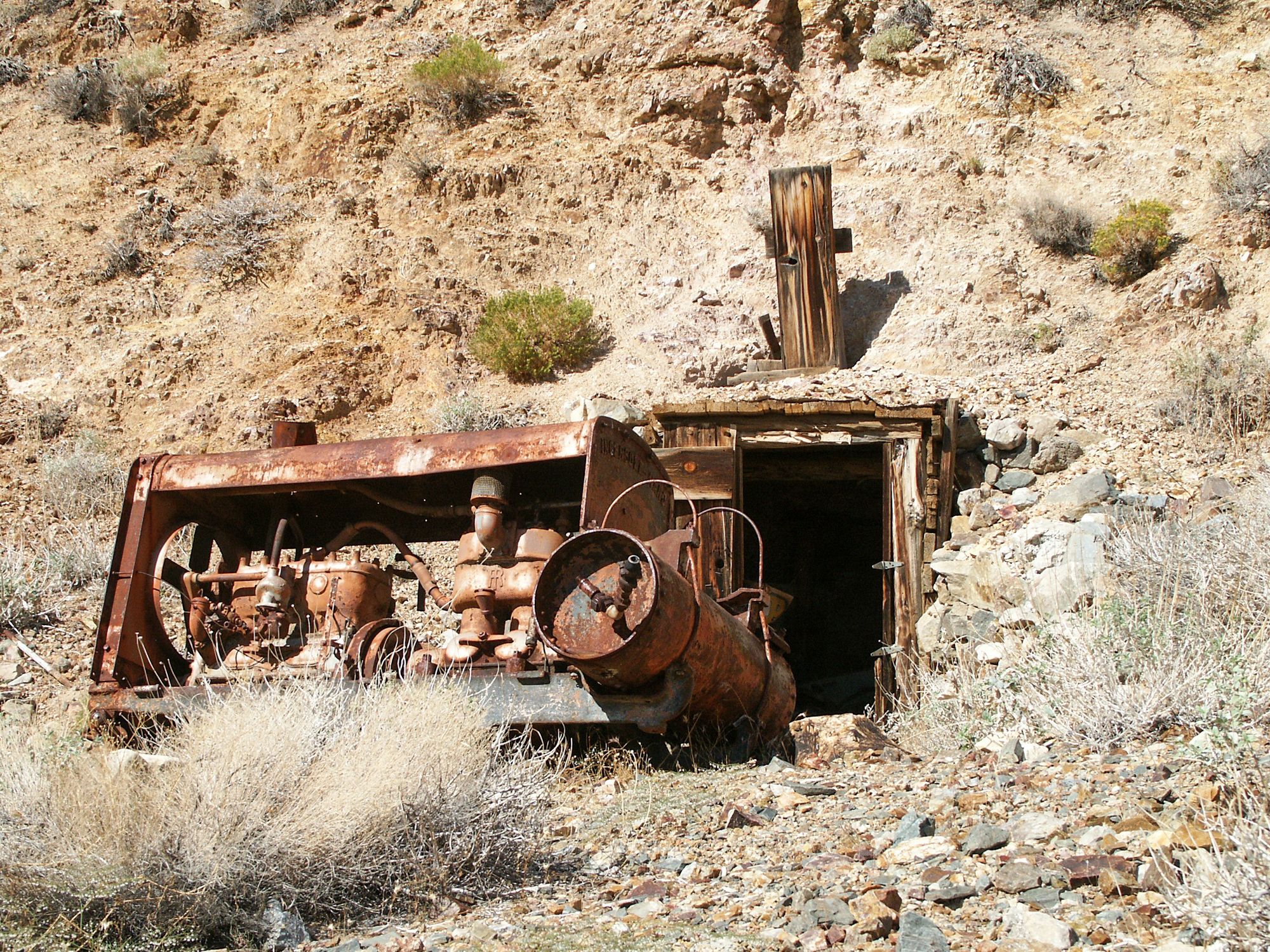
Photos from 1999
I've visited the Bunker Hill Mine a few times over the years. My first visit was in 1999 when the camp was being taken care of by dedicated volunteers. The cabins were fully furnished, and a pipe ran water from a spring located higher up in the canyon down to the camp. Sinks in the cabins had running water, and a couple of large cottonwood trees thrived outside. You could drive directly to the camp back then. It was quite a place.
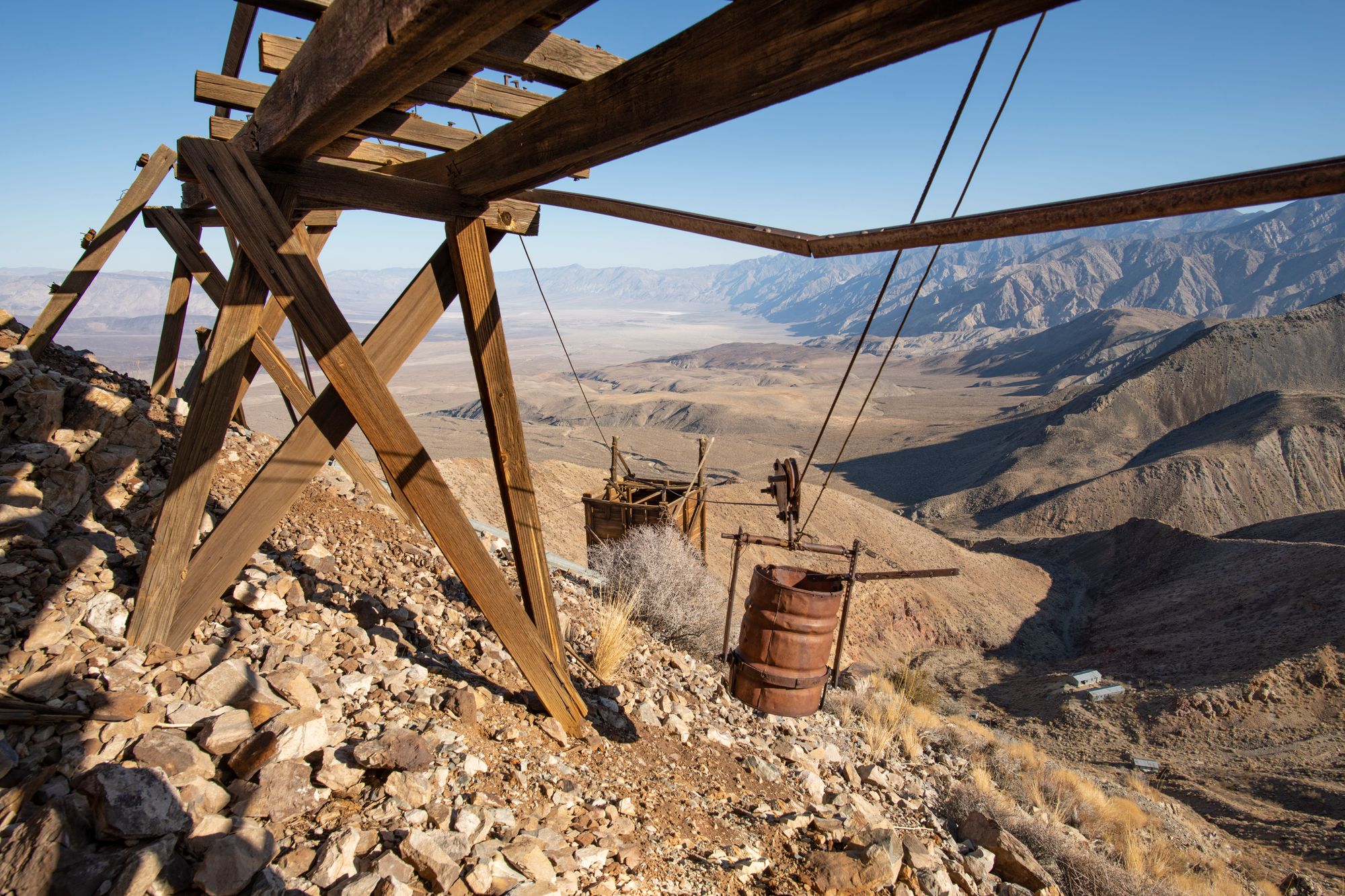
Unfortunately, once the mine was included in the Inyo Mountains Wilderness, the camp was cleaned out and stopped being maintained by volunteers. One could make an argument that wilderness is "an area where the earth and its community of life are untrammeled by man, where man himself is a visitor who does not remain." I am a strong supporter of wilderness preservation, but I believe that the Bunker Hill Mine is one of those places that should have been cherry-stemmed out of the wilderness. However, I digress. Most of the mining equipment and camp furnishings are all gone now, and the place has fallen into disrepair.





Photos of the camp in 2023
The upper cabin has gone through some changes over the years. It's hard to believe, but the photos below are of the same room (and same door).
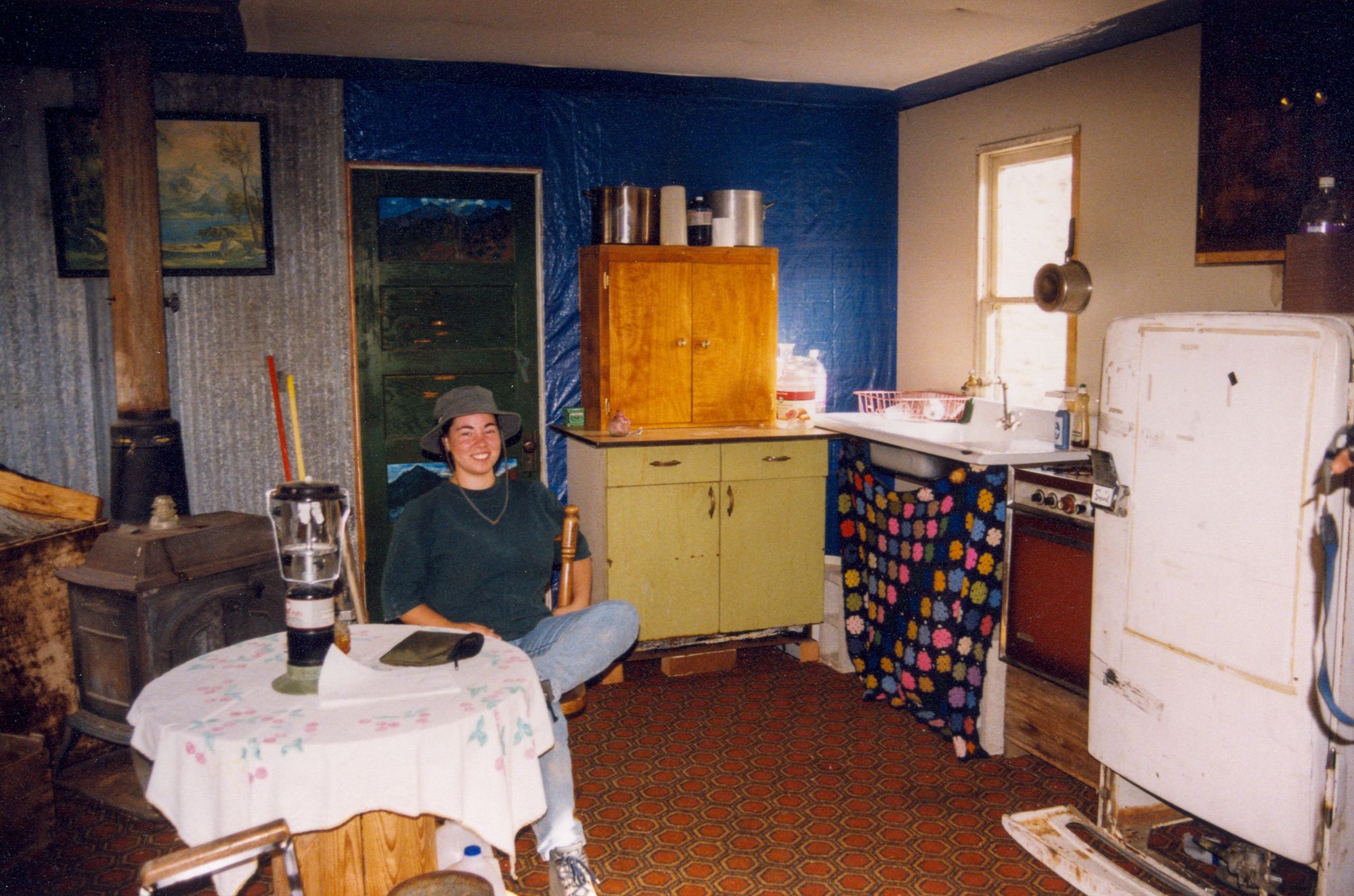
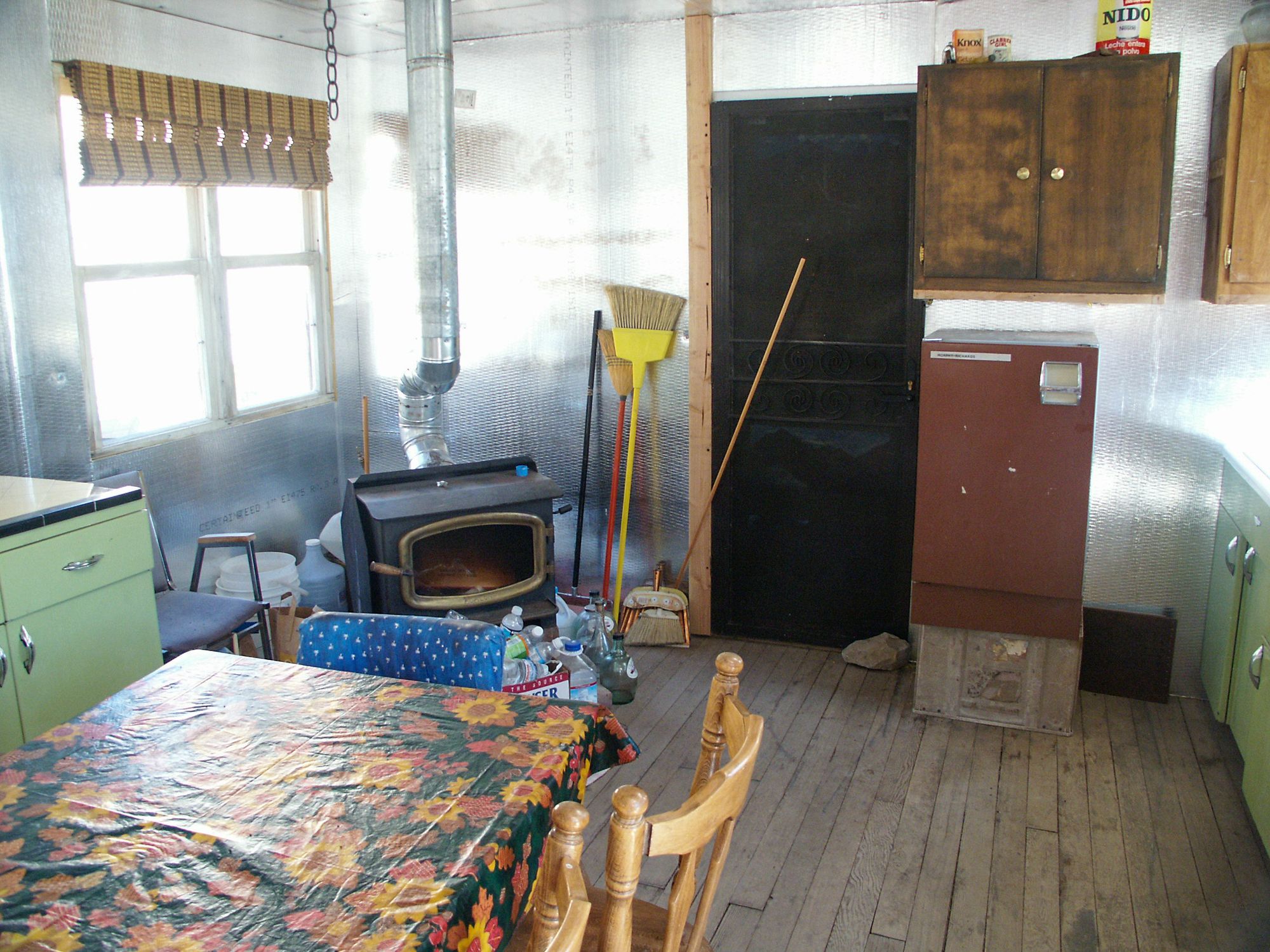

The same room. 1999, 2003, 2023 (That is a black screen door in the middle photo)
Again, beware of the large shaft under the main cabin. I wouldn't risk walking over it. Why anyone would put a cabin directly over a shaft is beyond me. But it is there.
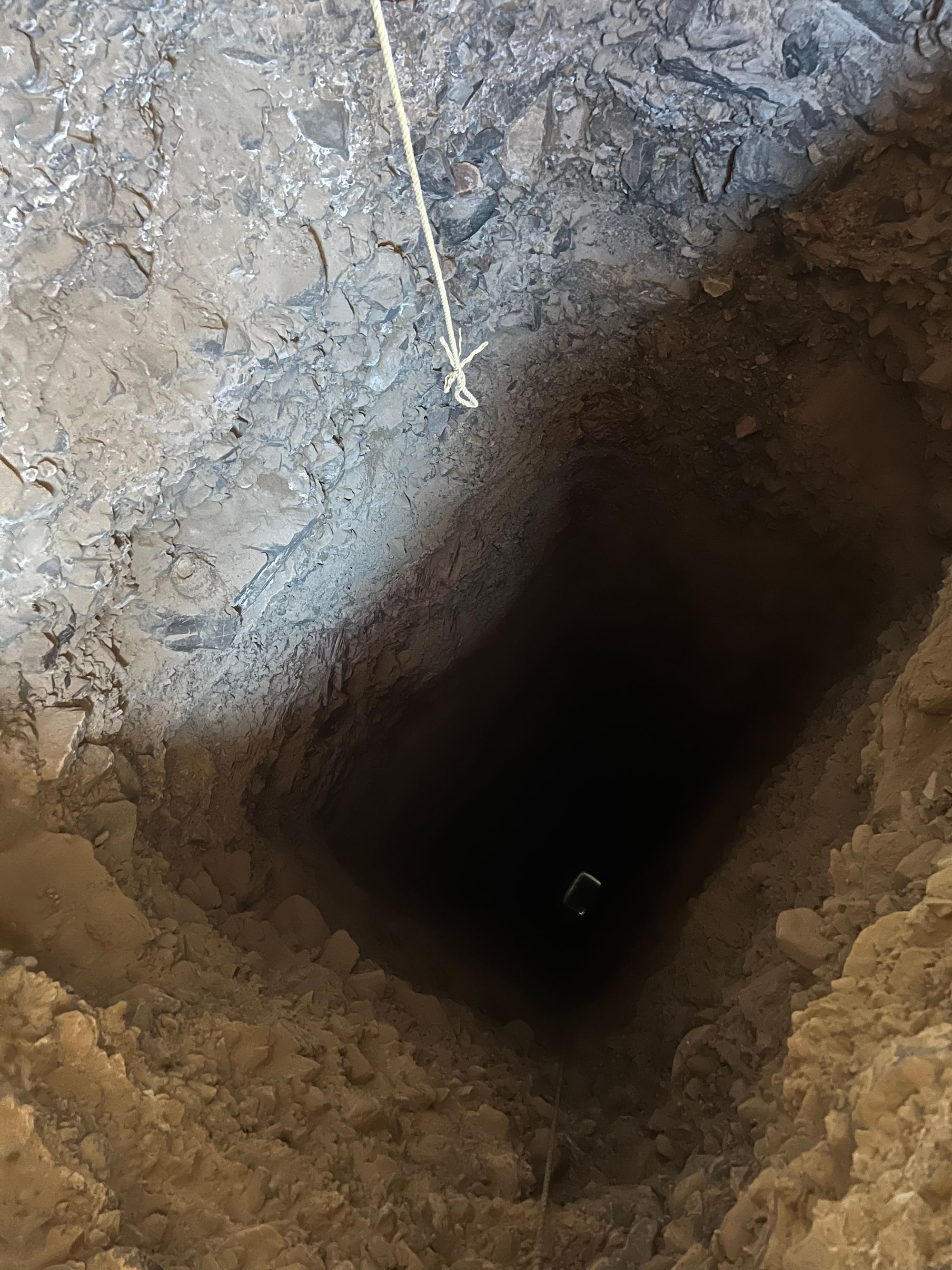
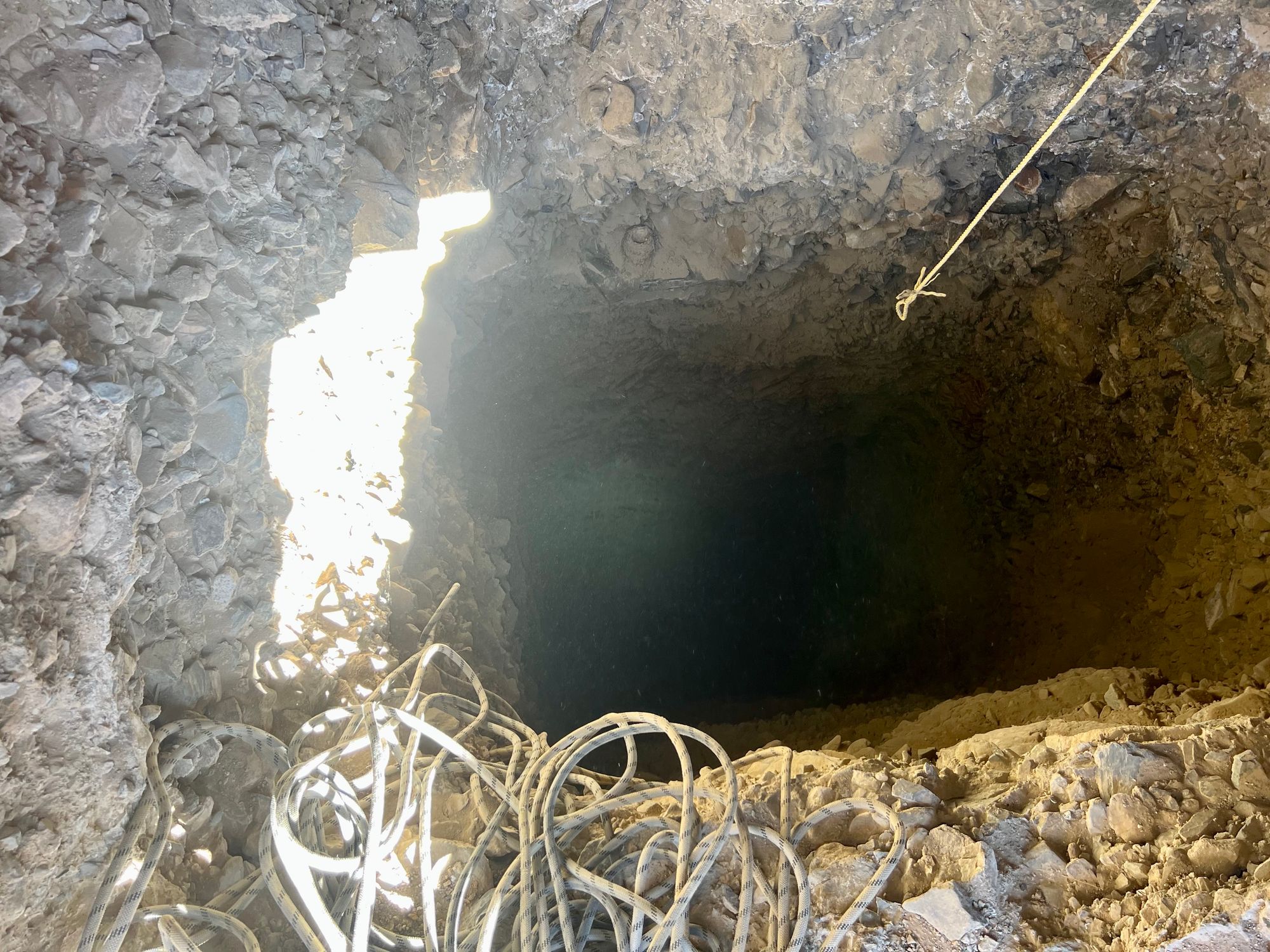
Shaft under the cabin. If you look close (or click on) the left photo you can see a lowered flashlight. Photos courtesy of Tim K.
